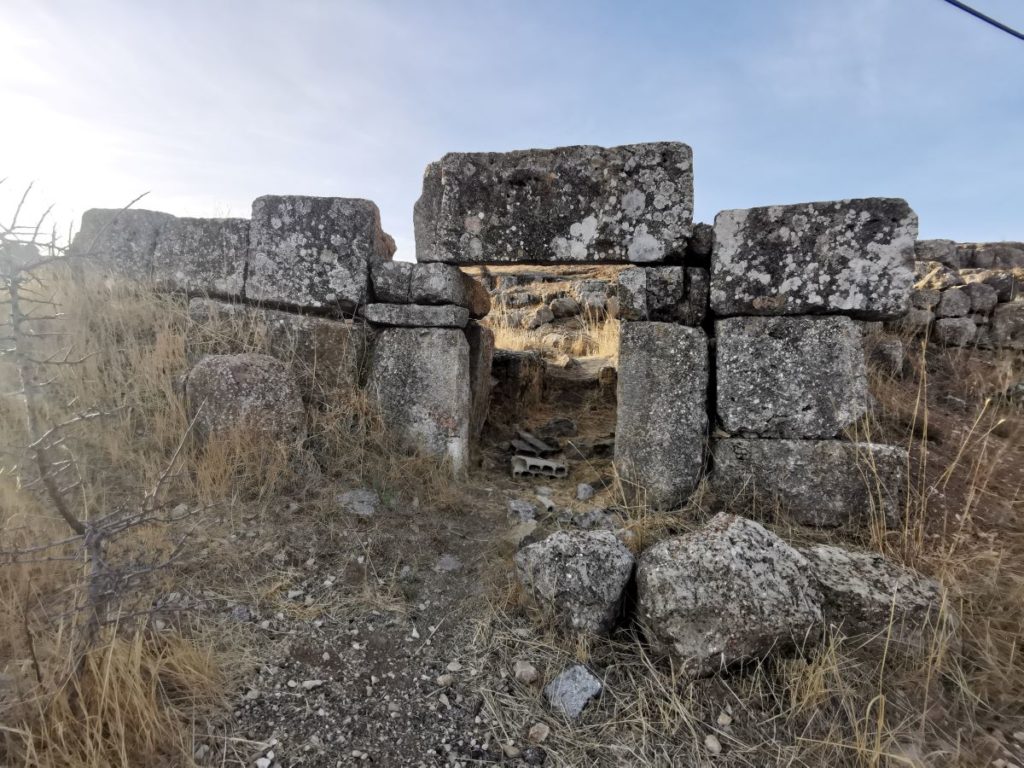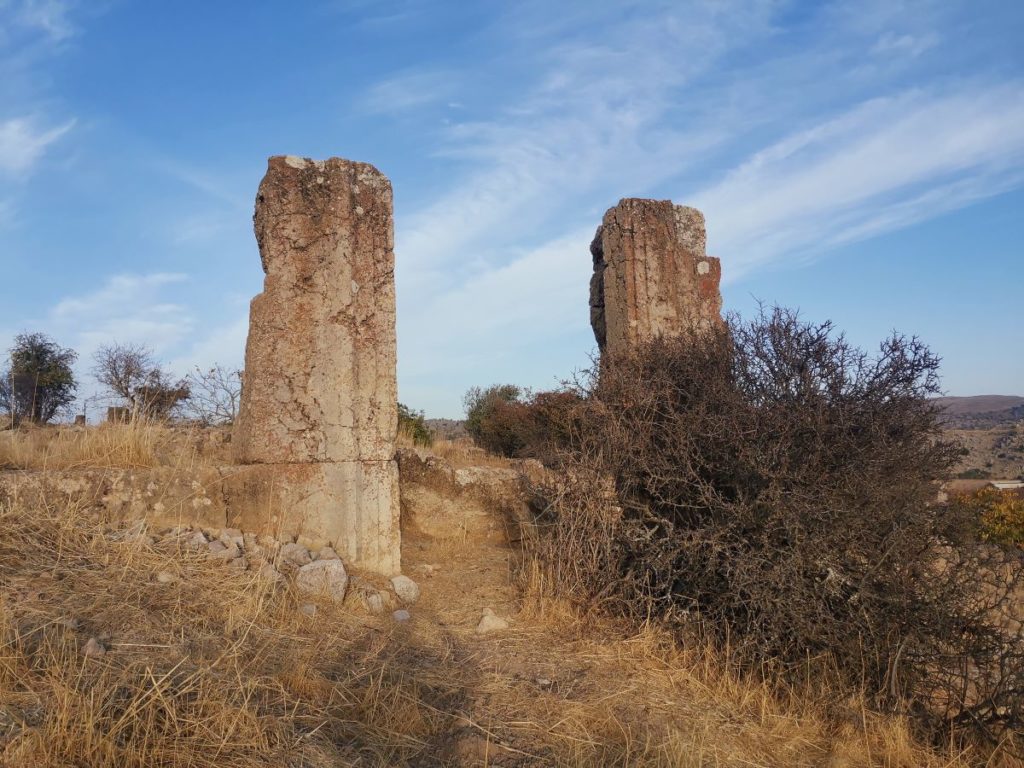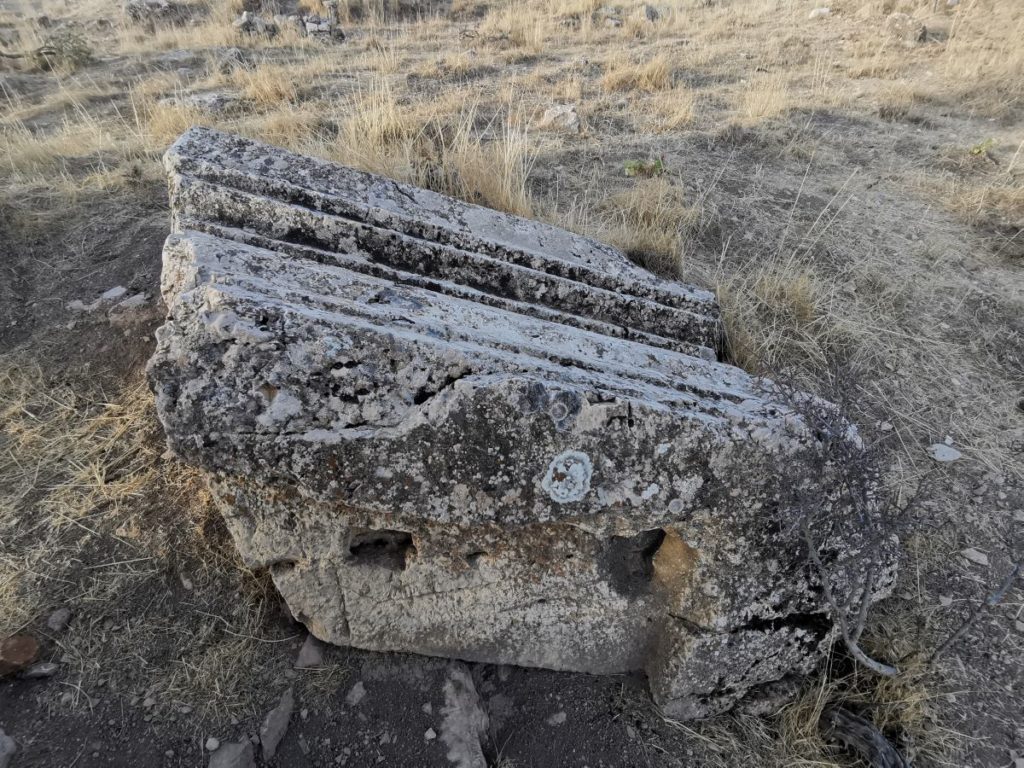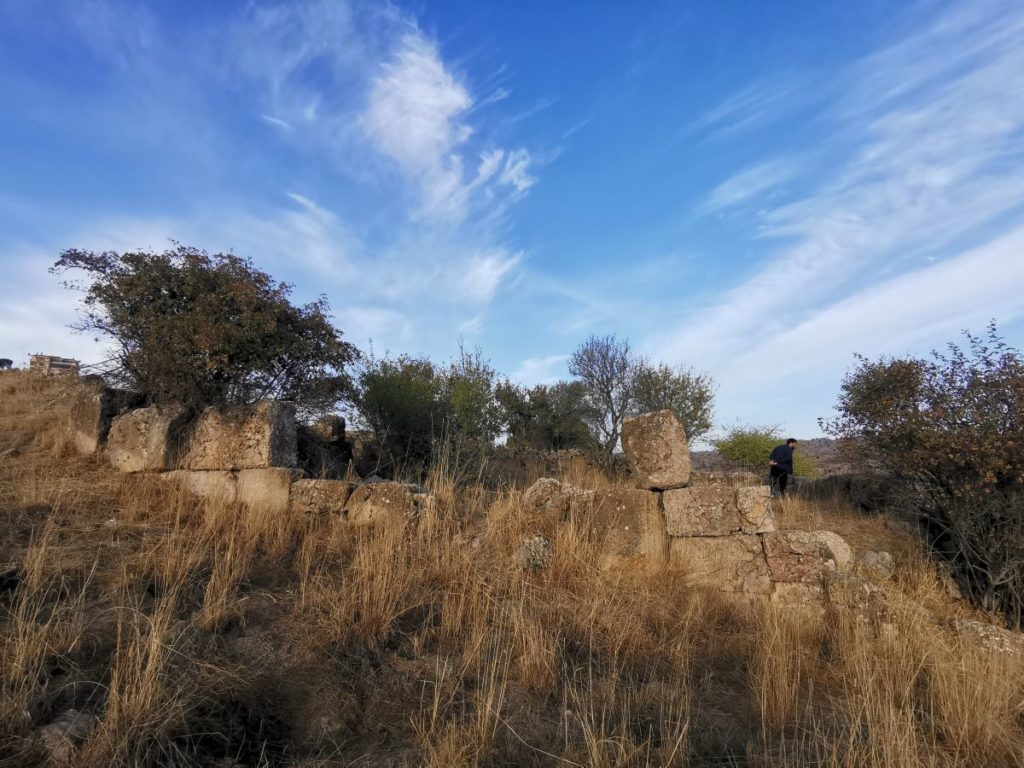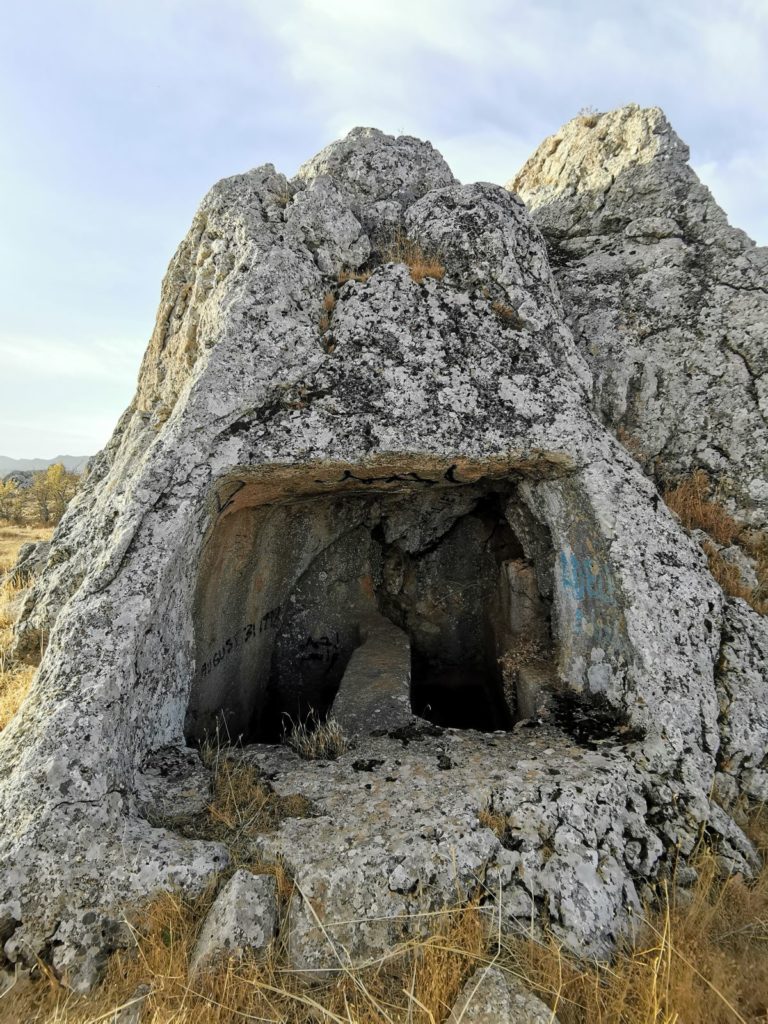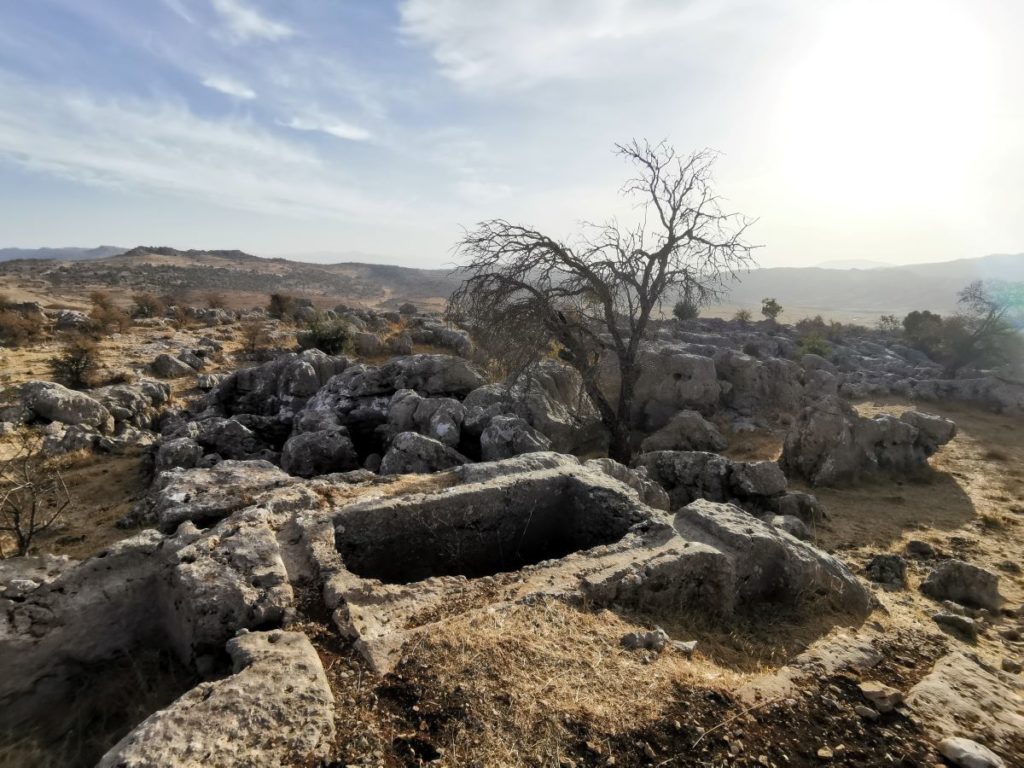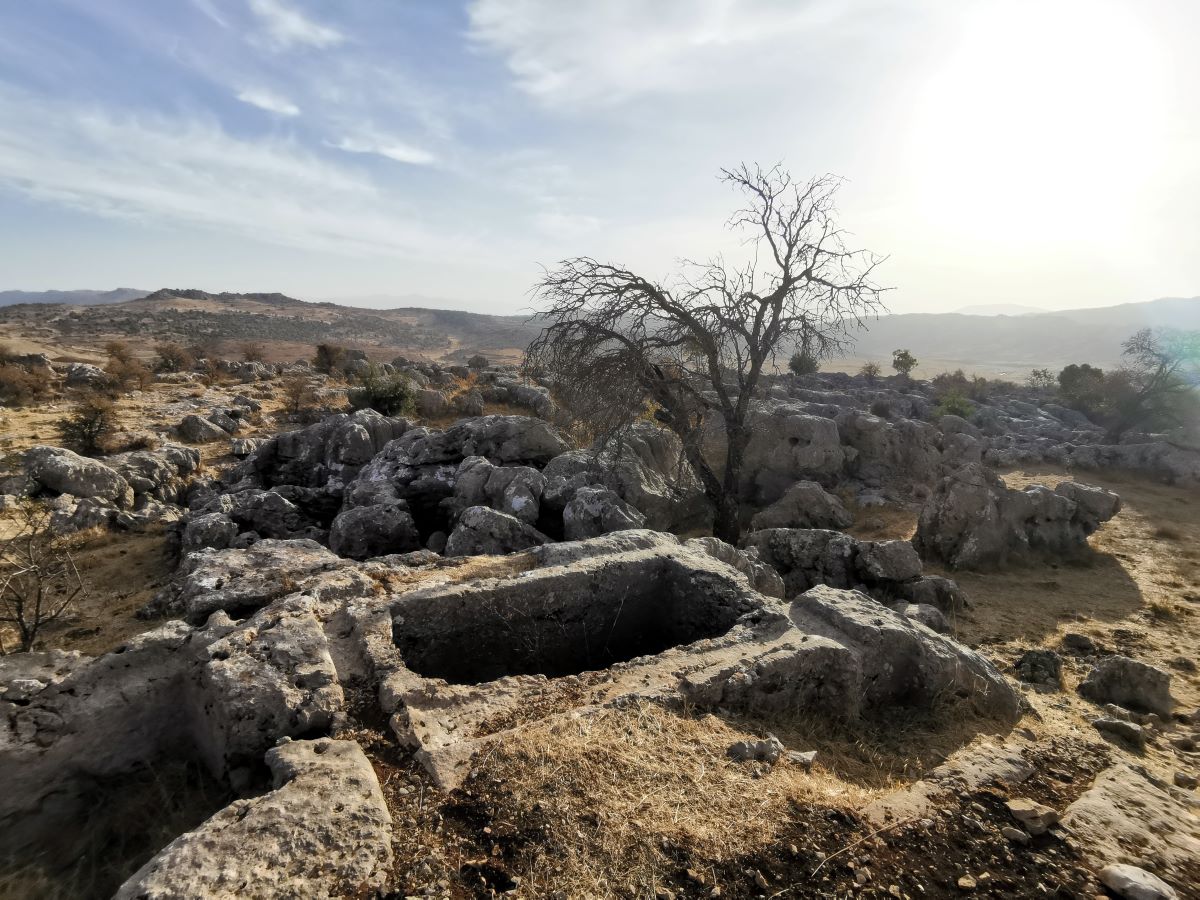The site of Yanta testifies to a significant human occupation since Antiquity.
Although the area was not properly excavated, the ancient settlement features the remnants of Gerco-Roman era structure foundations. It is also important to note that Yanta village bears a special type of yellow marl (mudstone) dated to the Oxfordian (Jurassic period).
This article presents a brief description of Yanta’s ancient site.
Toponym
The name of Yanta is variously claimed to bear the following meanings:
God sows or God the sower, in Semitic language.
White dove or white beard, in Syriac language.
Elevation or the high place, in Arabic language.
Structures
The ancient settlement is located on the north-east side of the village, accessible by car.
The site features the following structural elements:
Temple – this religious edifice only preserved its rectangular peribola (sacred enclosure), as well as its main entrance and its lintel. Column drums and capitals are scattered all over the peribola.
The diety venerated at this temple is unknown due to the lack of any inscription or relief.
On the eastern side of the temple, one can see an entrance of an unidentified building, topped by a lintel that features a bas-relief of a portico flanked by two columns. This bas-relief proposes several theories about the functionality of the building – another temple? An altar? These questions can only be answered through archeological excavations.
Altars – the highest point of the site, accessible by foot, suggests that two possible altars existed once for sacrificial purposes. One still preserves its enclosure and its center block on which ceremonial acts would be performed, while the second one still holds its rock-carved stairs.
Necropolis – rock-carved tombs can be spotted on the rock cliff that overlooks the temple site. Some tombs were collective and others for individuals.
Pottery – thousands of pottery shreds can be noticed on site. This suggests that the area was densely populated or was an important trading center.
Karim Sokhn
Tour Operator & Tour Guide
References:
Anīs Furaiḥa (1972). Dictionary of the name oftowns and villages in Lebanon.
JulienAliquot, La vie religieuse au Liban sous l’EmpireromainJulient Aliquot, 2009.
Evolution of the Levant Margin and Western Arabia Platform Since the Mesozoic, p. 232.
